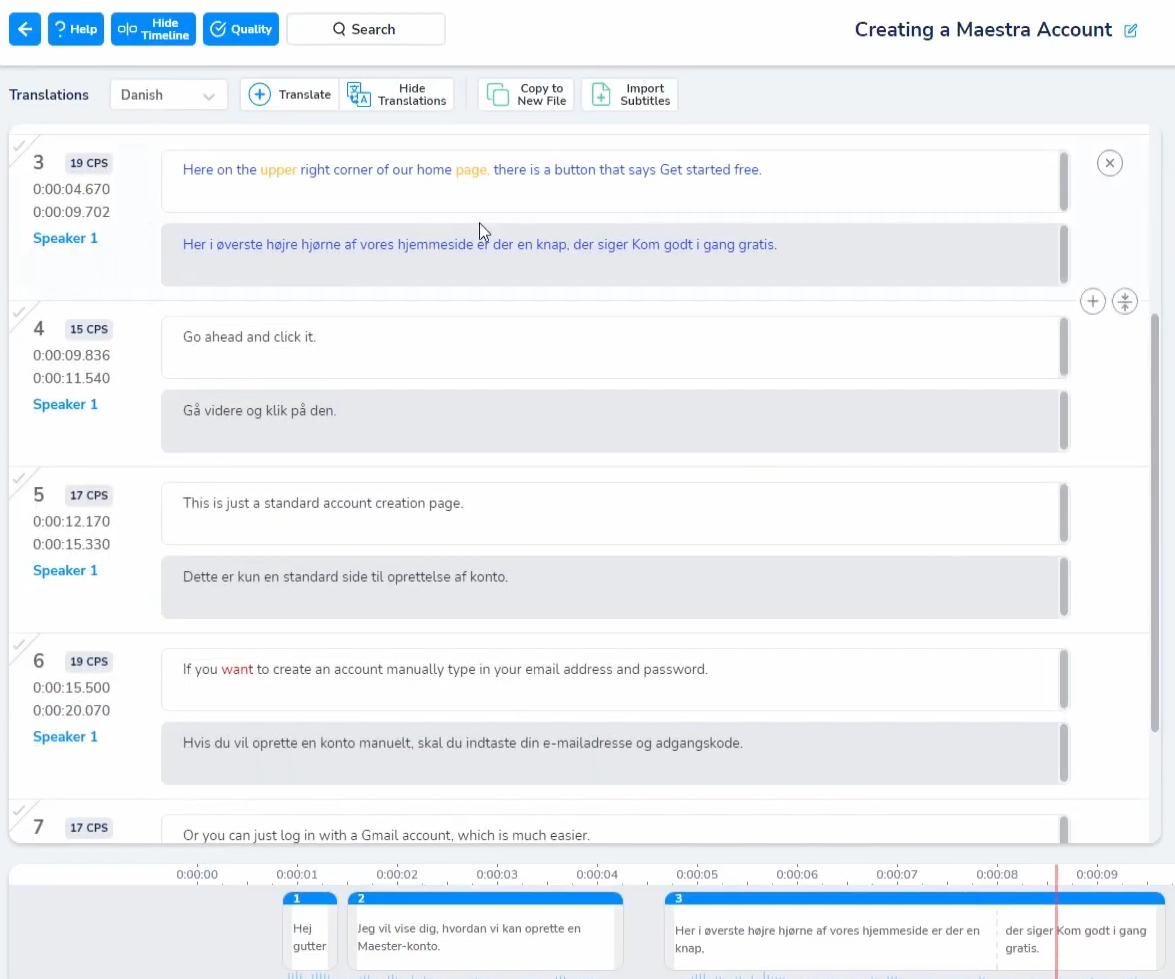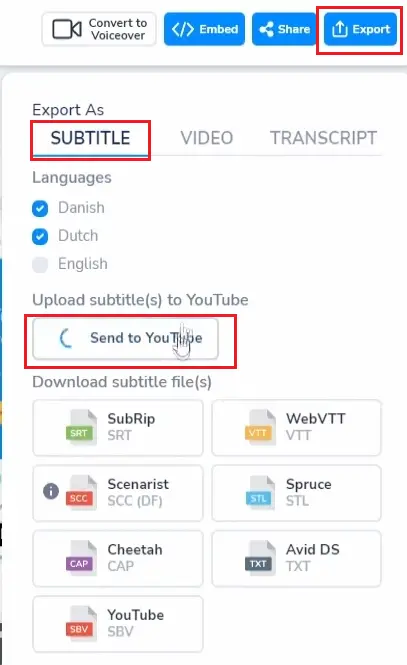As education continues its rapid digital transformation, Educational Technology (EdTech) is playing an increasingly vital role in reshaping learning experiences across the globe. One area where this evolution has become especially evident is in the use of subtitle generators in online classrooms. With the growing popularity of remote learning and video-based instruction, subtitles offer more than just accessibility—they foster inclusion, boost engagement, and enhance comprehension.
In today’s virtual classrooms, accurately delivering content to a diverse student population is both a necessity and a challenge. Transcripted lectures, real-time captions, and lesson subtitles not only support students with hearing impairments but also address the needs of learners who may not speak the instruction language natively. As such, subtitle generator technologies have emerged as essential tools in the online teaching arsenal.

The Role of Subtitles in Modern Learning Environments
Historically, subtitles have been associated with foreign language films or accessibility requirements for individuals with hearing difficulties. However, their function has evolved far beyond these boundaries. Today, subtitles in educational content can:
- Support language learners – Students studying in a non-native language benefit from reading along as they listen, which enhances both vocabulary and listening skills.
- Increase content retention – Multiple studies show that combining auditory and visual input helps learners retain information more effectively.
- Provide flexibility – With the option to study in noisy or silent environments, subtitles make learning more accessible across a variety of contexts.
- Assist in note-taking – Students can revisit captions to review difficult concepts or missed parts of a lecture.
These benefits demonstrate how subtitle generators do more than transcribe—they become an integral part of instructional strategy.
How Subtitle Generator Tools Work
Modern subtitle generators use advanced Artificial Intelligence (AI) and Natural Language Processing (NLP) algorithms to process audio content and convert it into accurate, time-synced text. These tools are often embedded in video conferencing platforms or available as standalone software that integrates seamlessly with learning management systems (LMS).
Key features of reliable subtitle generation platforms include:
- Real-time captioning for live lectures using speech recognition.
- Multilingual transcription to support international classrooms.
- Vocabulary customization to adapt to specialized educational content.
- Easy export options for students to download transcripts after lessons.
With accessibility laws and inclusive education policies gaining traction worldwide, integrating auto-captioning tools has become not only a best practice but a regulatory requirement in many regions.

Benefits for Educators and Institutions
The rise of subtitle generators not only eases the cognitive load on students—it also benefits educators and institutions. By automating transcription, teachers save valuable time and ensure that all students can access lesson materials equally. Moreover, subtitles open doors to repurposing recorded classes into a searchable content library, enabling self-paced learning and enhanced review possibilities.
From an administrative standpoint, subtitle integration enhances the institution’s reputation for inclusivity and innovation. Schools and universities that implement these tools stand out for prioritizing student success and meeting global standards for accessibility.
Challenges and Considerations
Despite their advantages, subtitle technologies are not without challenges. Speech recognition tools can struggle with accents, subject-specific terminology, or noisy backgrounds. Additionally, the presence of low-quality captions can cause more confusion than clarity. Therefore, institutions must carefully evaluate the tools they implement and provide training for educators on how to use and monitor caption quality.
Data privacy is another concern, particularly when using cloud-based subtitle services. Ensuring compliance with educational data protection laws such as FERPA or GDPR is critical when selecting third-party providers.
The Future of Subtitles in EdTech
As AI continues to advance and adaptive learning environments become more personalized, the potential of subtitle generators broadens further. Future developments may include smarter contextual understanding, emotion-based emphasis markers, or dynamic language switching for multilingual classrooms.
In a connected world where education is increasingly borderless and diverse, embracing subtitle technologies is no longer an option—it is a necessity. Subtitle generators are redefining how knowledge is transmitted and received, making learning more inclusive, flexible, and impactful.
Conclusion: The integration of subtitle generators into online classrooms signals a pivotal shift in modern pedagogy. As digital learning environments mature, tools that foster equality and enhance student comprehension will shape the future of education for generations to come.
